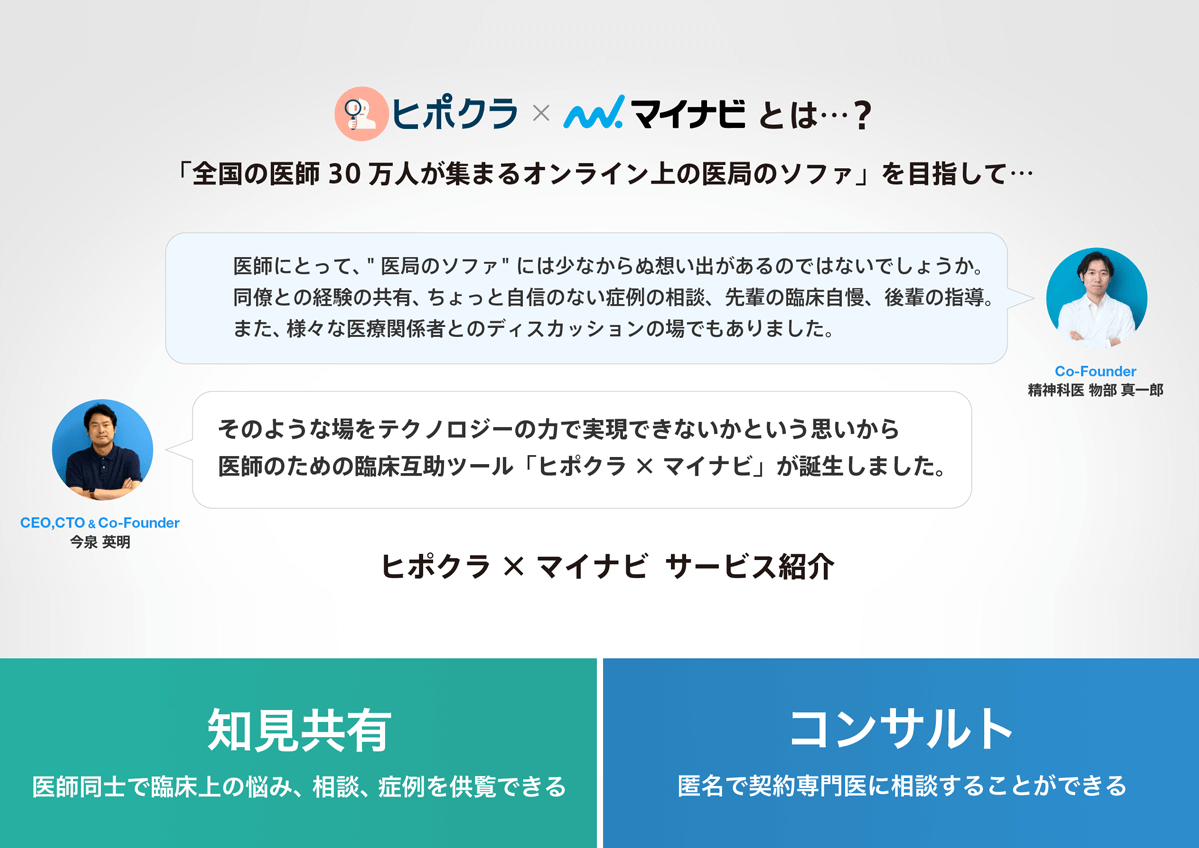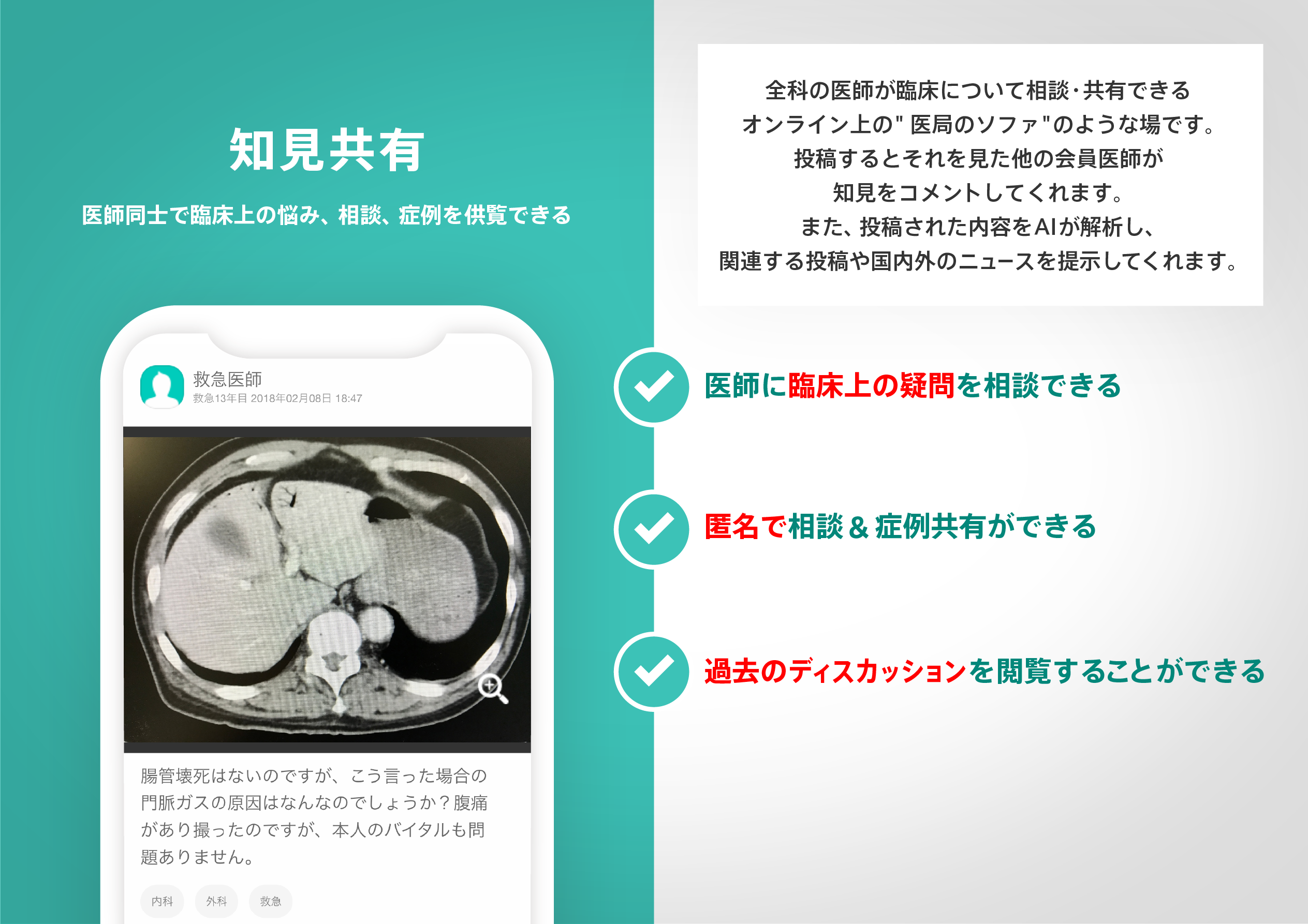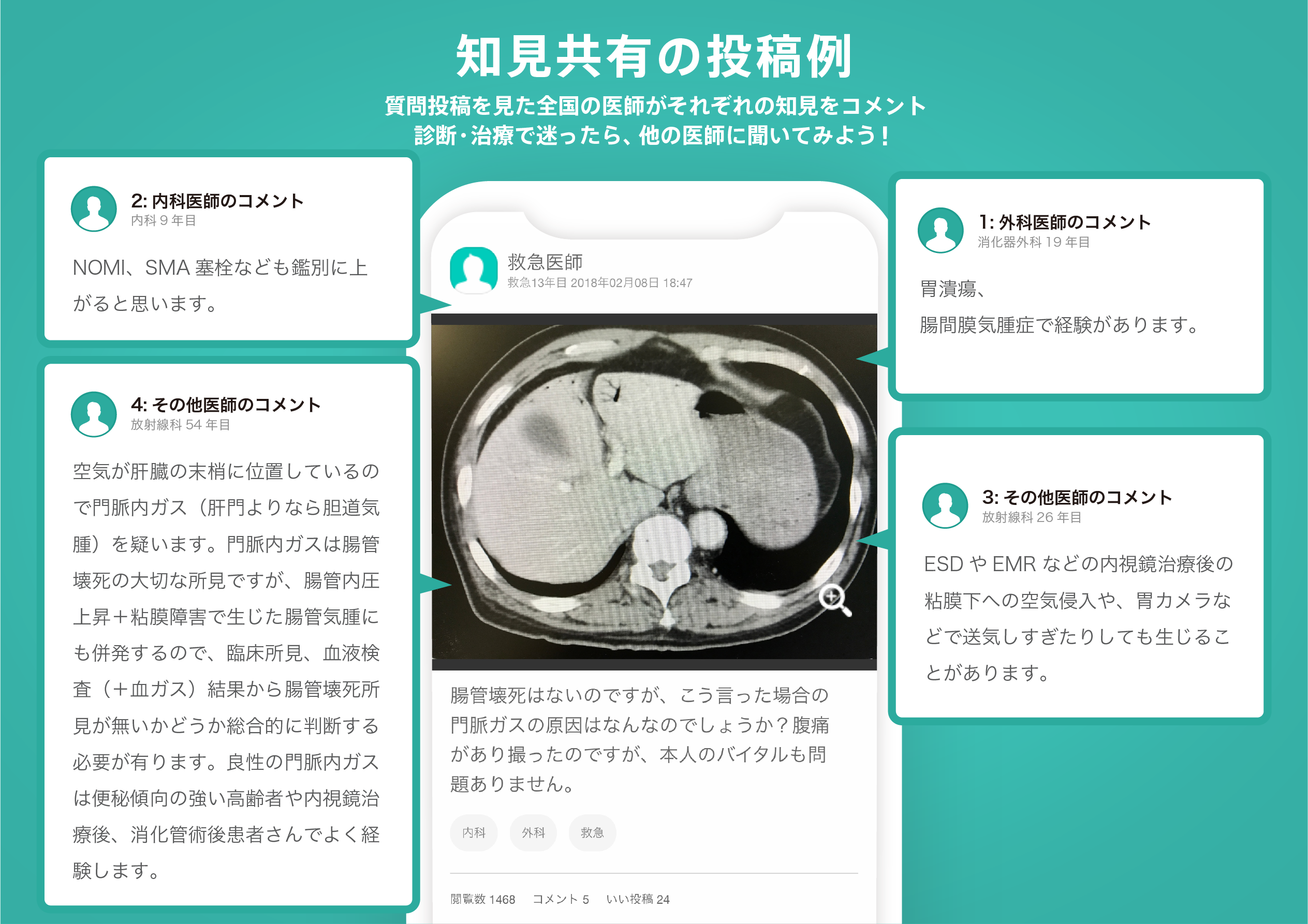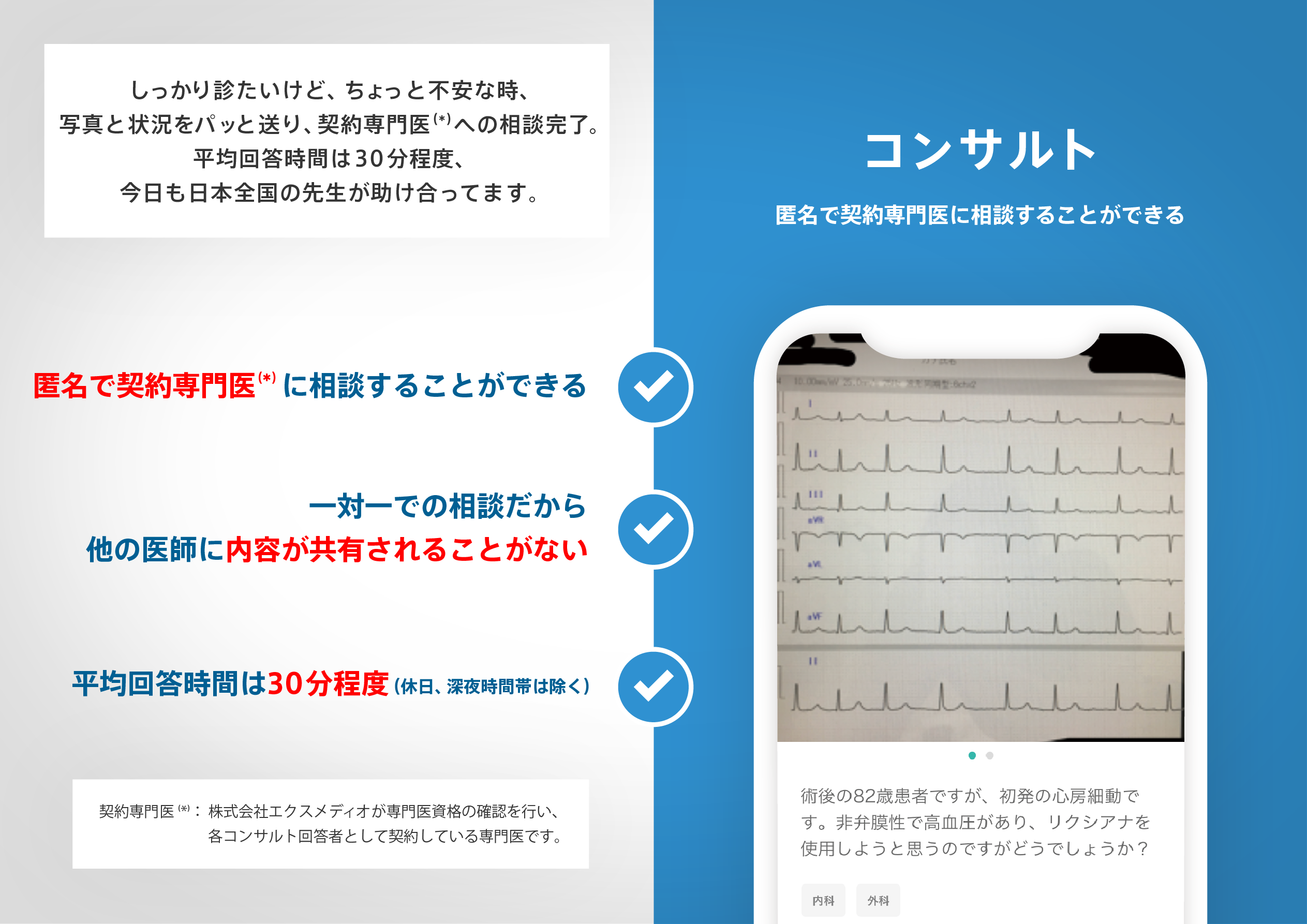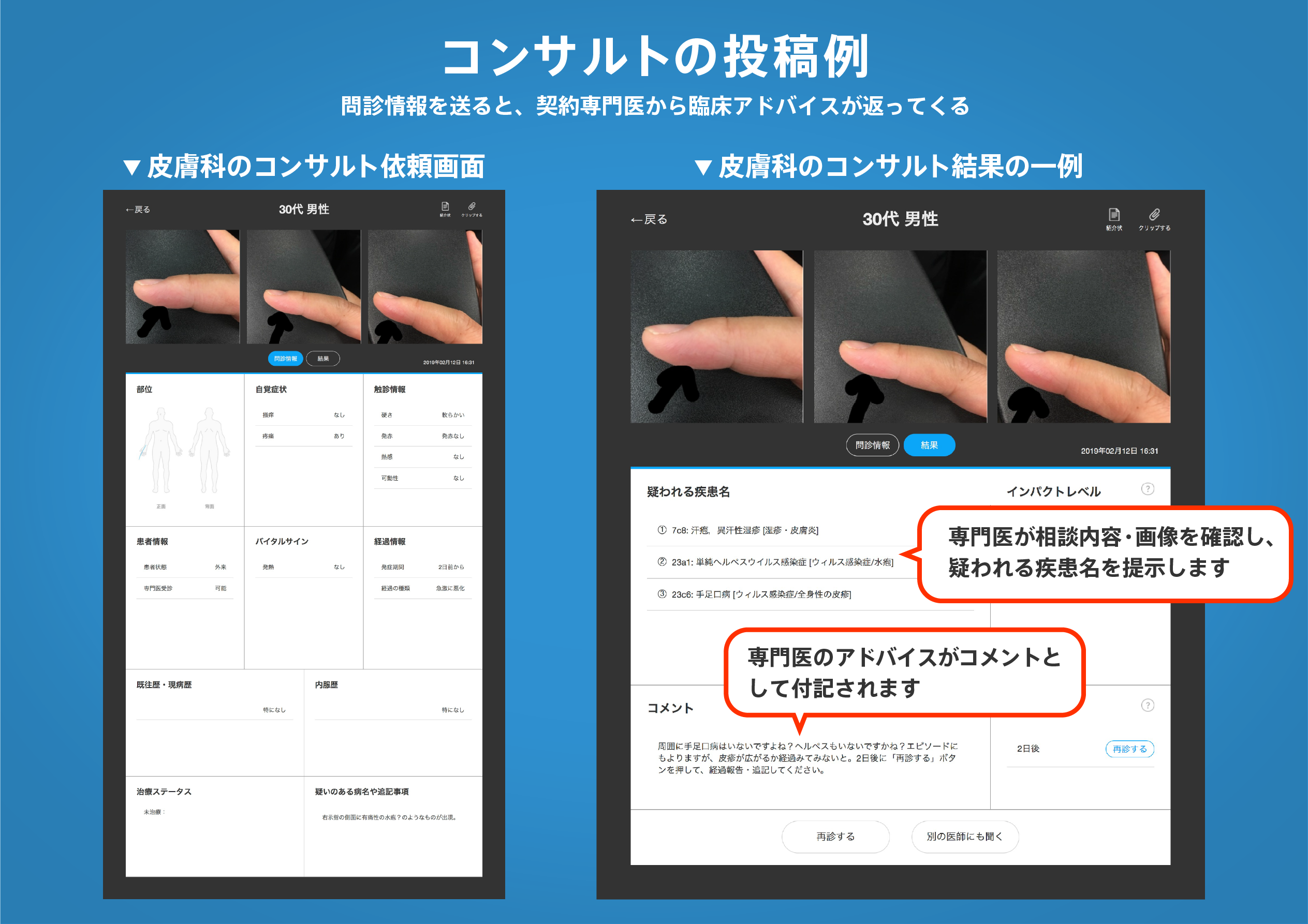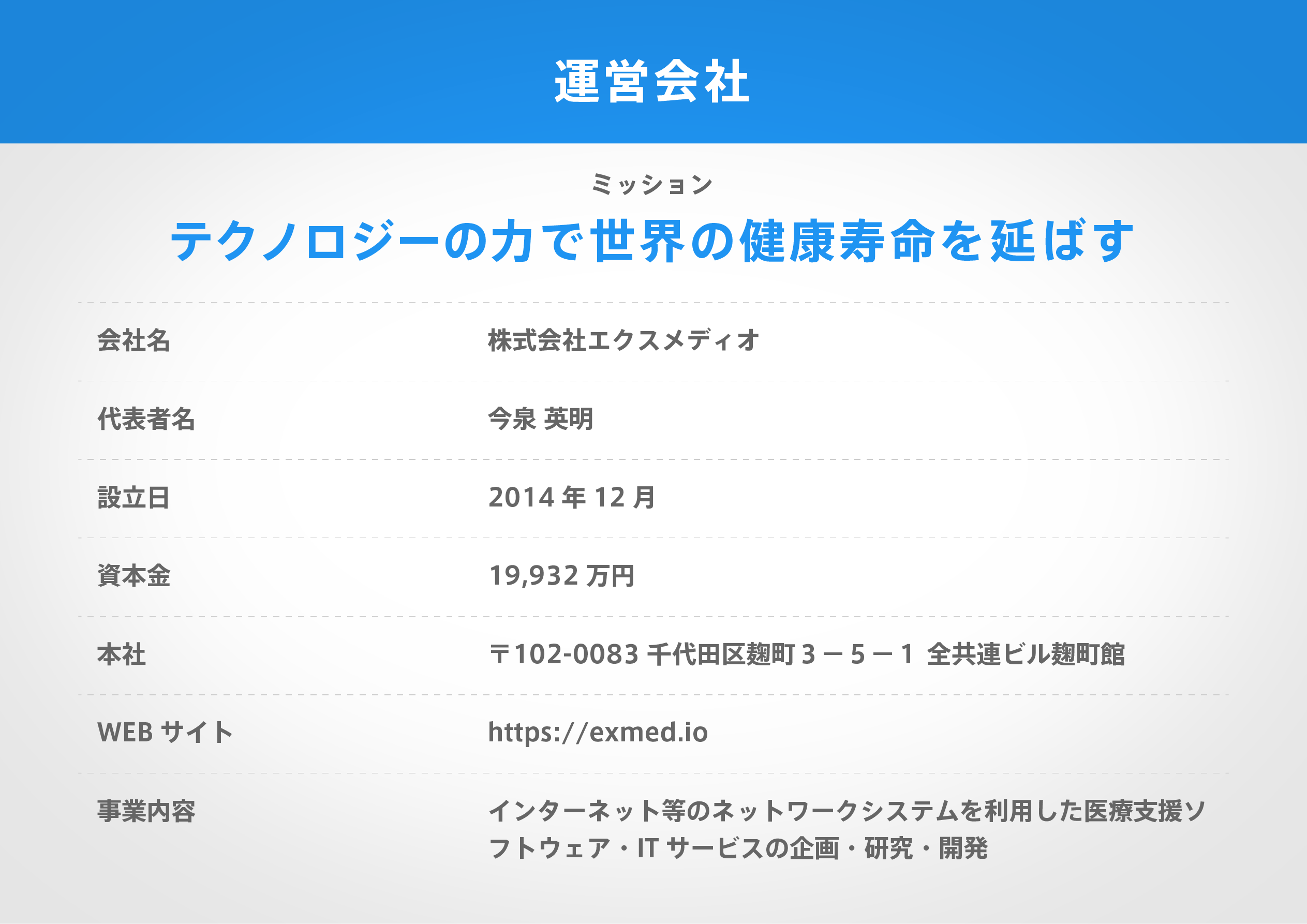著名医師による解説が無料で読めます
すると翻訳の精度が向上します
目的:サウナ入浴の頻度と将来の脳卒中のリスクとの関連を評価する。 方法:サウナ入浴のベースライン習慣は、53〜74歳(平均年齢、62.7歳)の1,628人の成人男性と女性で評価されました。3つのサウナ入浴頻度グループが定義されました:1、2-3、および4-7セッションは週に4-7セッションです。ハザード比(HRS)(95%信頼区間[CIS])が入射脳卒中について推定されました。 結果:14。9年の追跡調査中に、155のインシデント脳卒中イベントが記録されました。週に1回のサウナ入浴セッションを行った参加者と比較して、脳卒中の年齢および性調整後のHR(95%CI)は、週4〜7個のサウナセッションを受けた参加者の0.39(0.18-0.83)でした。確立された心血管リスク因子およびその他の潜在的な交絡因子をさらに調整した後、対応するHR(95%CI)は0.39(0.18-0.84)であり、これは0.38(0.18-0.81)での身体活動と社会経済的状態の追加調整に続いて依存していました。サウナ入浴の頻度と脳卒中のリスクとの関連は、年齢、性別、またはその他の臨床的特性によって変更されませんでした(すべてのサブグループでは相互作用> 0.10> 0.10)。この関連は、虚血性脳卒中について類似していたが、出血性脳卒中では適度であり、これはイベント率が低いことに起因する可能性がある(n = 34)。 結論:この長期的な追跡調査は、頻繁にサウナ浴を受ける中年の高齢の男性と女性が新規発症脳卒中のリスクを大幅に減少させることを示しています。
目的:サウナ入浴の頻度と将来の脳卒中のリスクとの関連を評価する。 方法:サウナ入浴のベースライン習慣は、53〜74歳(平均年齢、62.7歳)の1,628人の成人男性と女性で評価されました。3つのサウナ入浴頻度グループが定義されました:1、2-3、および4-7セッションは週に4-7セッションです。ハザード比(HRS)(95%信頼区間[CIS])が入射脳卒中について推定されました。 結果:14。9年の追跡調査中に、155のインシデント脳卒中イベントが記録されました。週に1回のサウナ入浴セッションを行った参加者と比較して、脳卒中の年齢および性調整後のHR(95%CI)は、週4〜7個のサウナセッションを受けた参加者の0.39(0.18-0.83)でした。確立された心血管リスク因子およびその他の潜在的な交絡因子をさらに調整した後、対応するHR(95%CI)は0.39(0.18-0.84)であり、これは0.38(0.18-0.81)での身体活動と社会経済的状態の追加調整に続いて依存していました。サウナ入浴の頻度と脳卒中のリスクとの関連は、年齢、性別、またはその他の臨床的特性によって変更されませんでした(すべてのサブグループでは相互作用> 0.10> 0.10)。この関連は、虚血性脳卒中について類似していたが、出血性脳卒中では適度であり、これはイベント率が低いことに起因する可能性がある(n = 34)。 結論:この長期的な追跡調査は、頻繁にサウナ浴を受ける中年の高齢の男性と女性が新規発症脳卒中のリスクを大幅に減少させることを示しています。
OBJECTIVE: To assess the association between frequency of sauna bathing and risk of future stroke. METHODS: Baseline habits of sauna bathing were assessed in 1,628 adult men and women aged 53-74 years (mean age, 62.7 years) without a known history of stroke in the Finnish Kuopio Ischemic Heart Disease prospective cohort study. Three sauna bathing frequency groups were defined: 1, 2-3, and 4-7 sessions per week. Hazard ratios (HRs) (95% confidence intervals [CIs]) were estimated for incident stroke. RESULTS: During a median follow-up of 14.9 years, 155 incident stroke events were recorded. Compared with participants who had one sauna bathing session per week, the age- and sex-adjusted HR (95% CI) for stroke was 0.39 (0.18-0.83) for participants who had 4-7 sauna sessions per week. After further adjustment for established cardiovascular risk factors and other potential confounders, the corresponding HR (95% CI) was 0.39 (0.18-0.84) and this remained persistent on additional adjustment for physical activity and socioeconomic status at 0.38 (0.18-0.81). The association between frequency of sauna bathing and risk of stroke was not modified by age, sex, or other clinical characteristics (p for interaction > 0.10 for all subgroups). The association was similar for ischemic stroke but modest for hemorrhagic stroke, which could be attributed to the low event rate (n = 34). CONCLUSIONS: This long-term follow-up study shows that middle-aged to elderly men and women who take frequent sauna baths have a substantially reduced risk of new-onset stroke.
医師のための臨床サポートサービス
ヒポクラ x マイナビのご紹介
無料会員登録していただくと、さらに便利で効率的な検索が可能になります。

